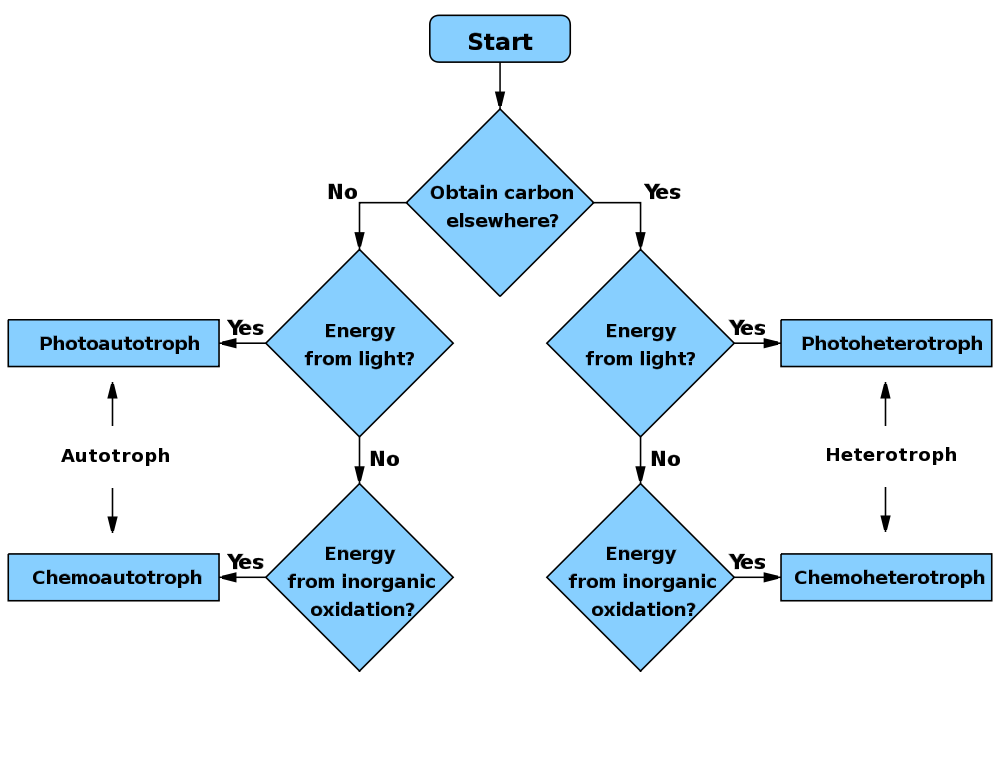Week : 6
Date :
March 30, 2015 & April 2, 2015
Topic :
Microorganisms in Terrestrial Ecosystem
Activities :
During the first lecture, we finished our lesson on microbial
interactions. We also had quizzes at the end of the lecture. On the next day,
we learnt about the microorganisms in lithosphere. Dr Wan showed us the flipped
classroom video done by group 4. Before the class began, we needed to sign up
the voicethread and took a look for the lesson that is presented by group 4. We had a very
interesting lecture on microorganisms in soil after a short brief of flipped
classroom. After the lecture end, we did a group work. We needed to look for
the depth, microorganisms, temperature, content and etc for different layer of
soil and share those information in Blendspace.
Notes :
This is an article about the variations in
microbial community composition through two soil depth profiles,
Own Reading and
Exploration :
This topic explains the microorganisms that live in different layer of
soil till the core of earth. Microorganisms are most abundant found in top
soil. There are different types of microorganisms reside in each layer of the
soil depending on the component of the soil. 4 layers of soil are topsoil,
subsoil, parent material and bedrock. The physical and chemical factors
influence the existence of microorganisms in soil.
The physical and chemical characteristics of a soil are different in
different parts of the soil profile. Generally, the upper layers of a soil have
more organic matter and roots than the lower layers. Other differences are
related to the nature of the soil constituents, to weathering processes and to
past land management practices. The origin of the soil determines the particle
size distribution, which in turn affects the way the soil is packed, creating
spaces and surfaces that are either accessible or inaccessible to soil
organisms. The proportion of clay or sand influences the structural
characteristics of soil and determines its response to management practices.
Reflection on This
Topic :
This topic increased my knowledge about the component of the soil. I was
able to differentiate the microorganisms that live in soil. I also knew the
formation of soil based on the task that Dr Wan gave us. Weathering is one of
the process for the formation of parent material. Since the texture of soil is
getting harder near the core, the probability to find microorganisms in bedrock
is less due to less oxygen, nutrient content and etc.























